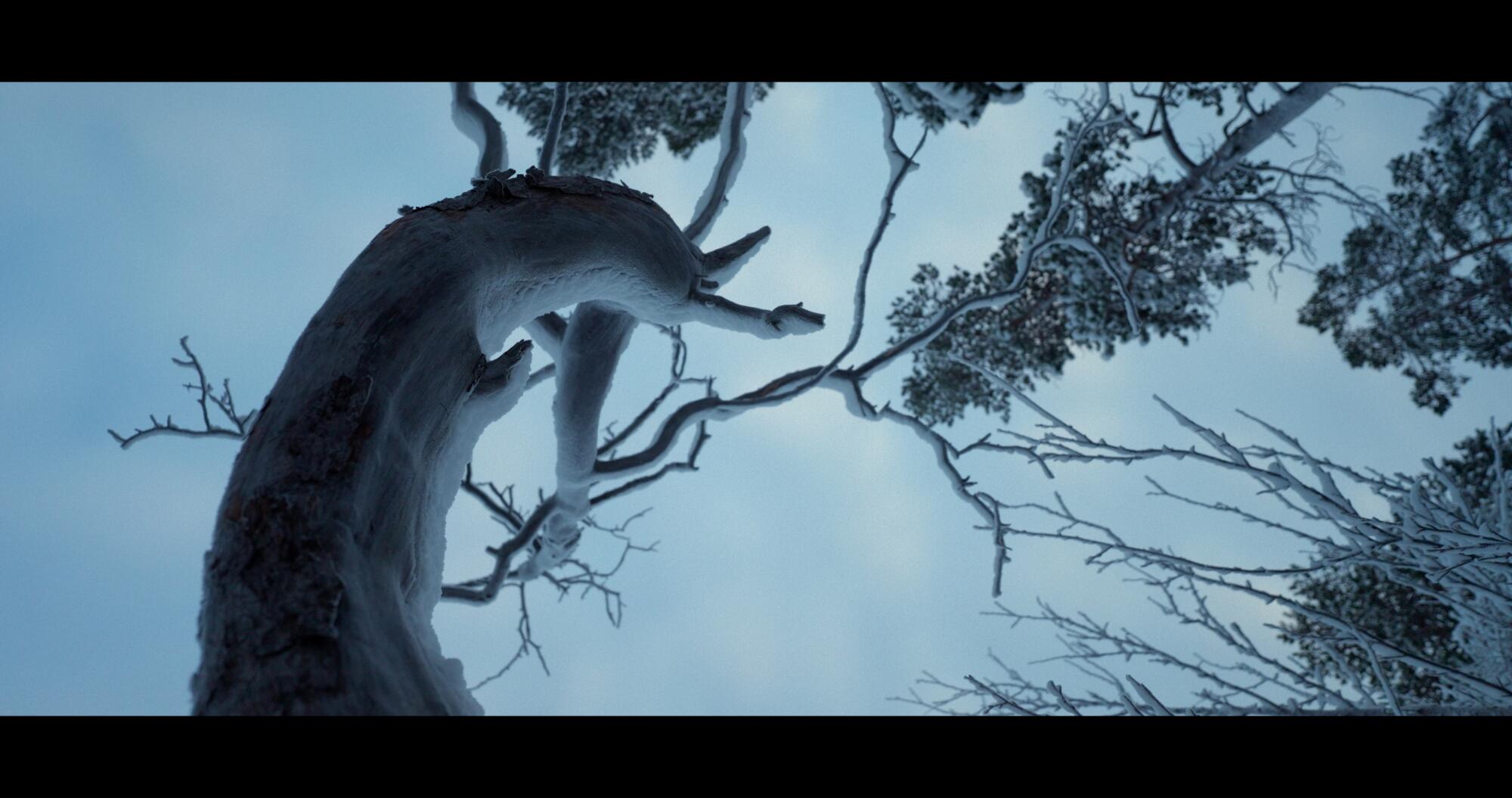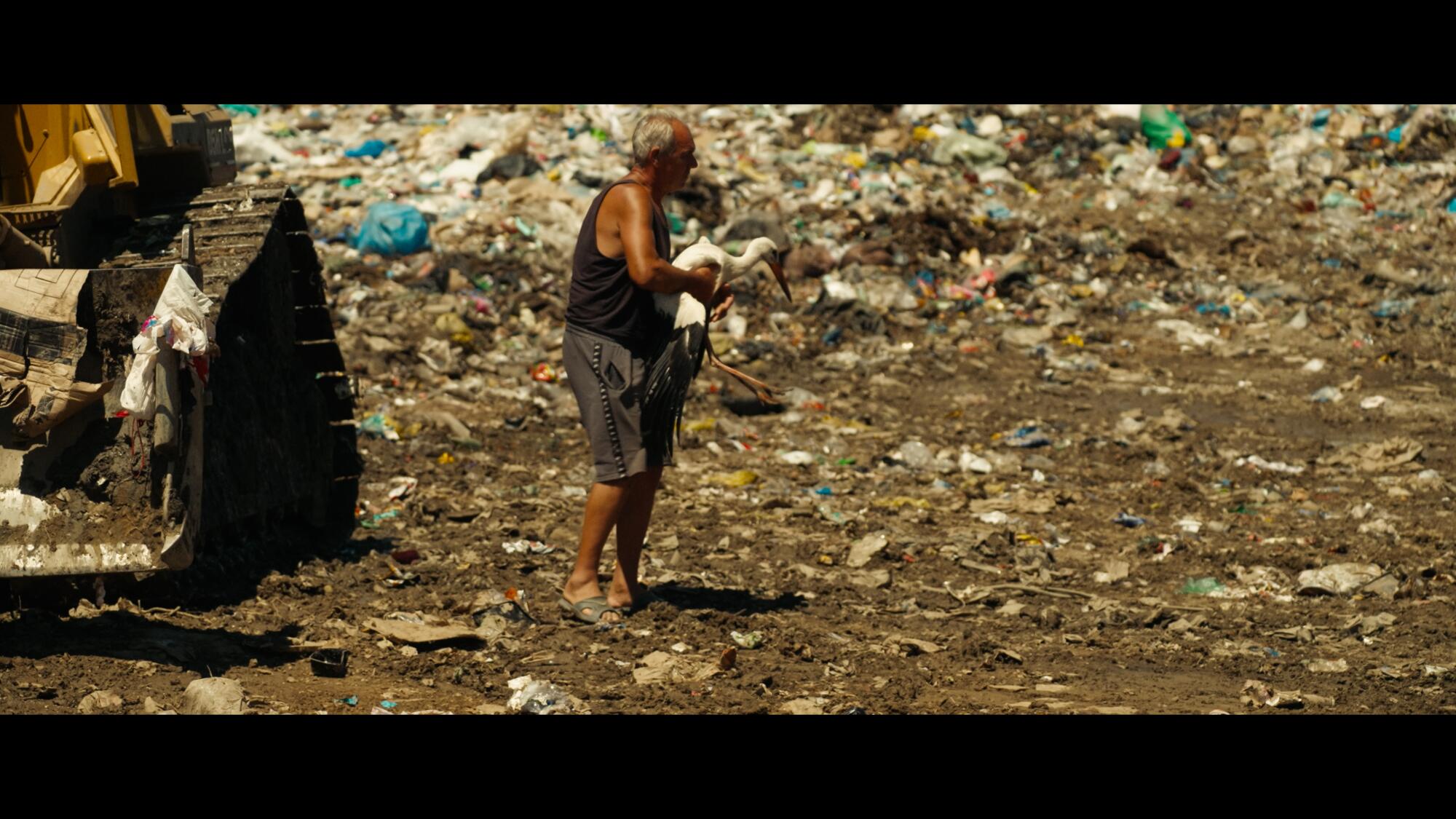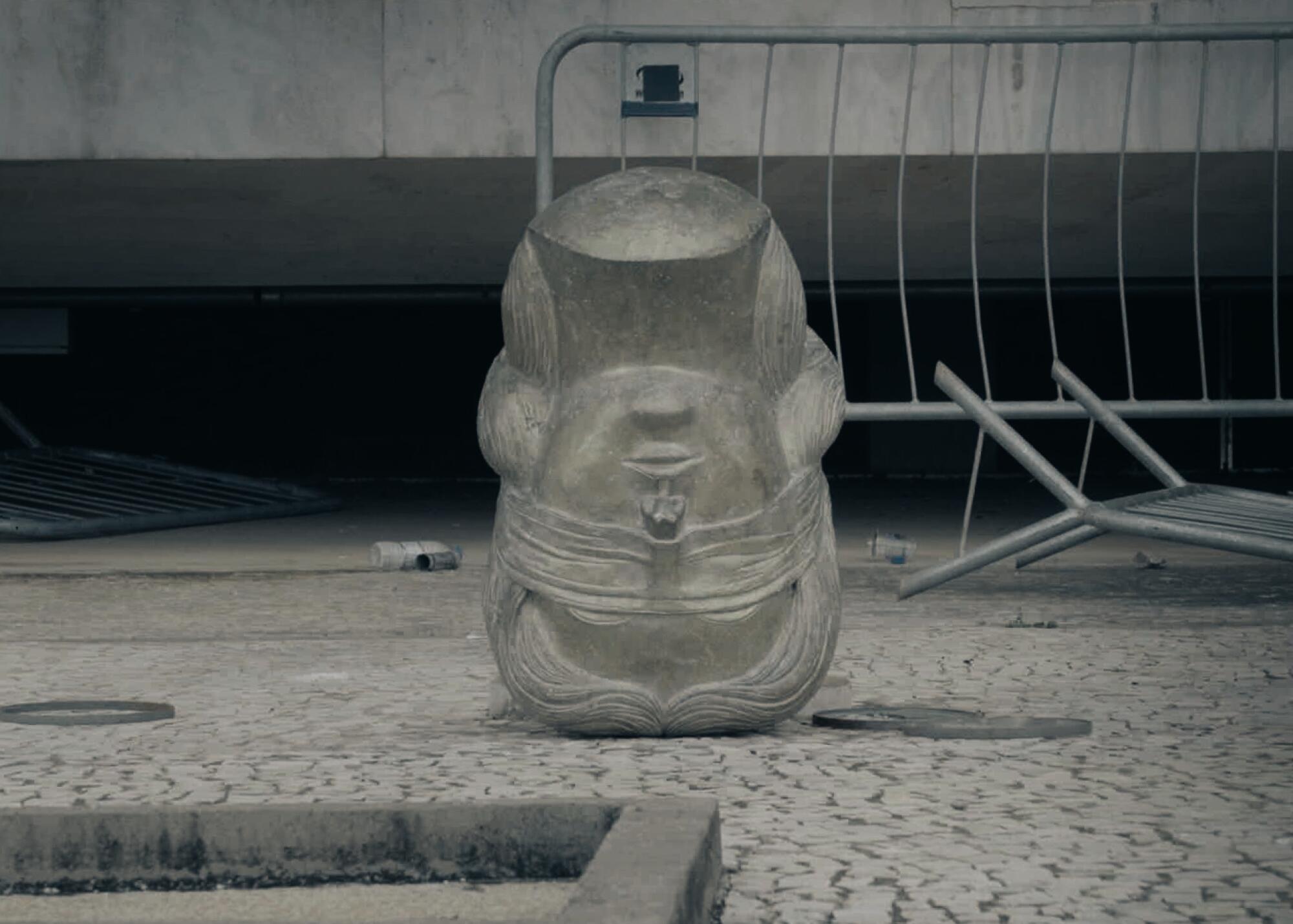Movies can become forever memorable through the magic of a singular image, that celebrated “one perfect shot” that illuminates everything before and after it. The Envelope asked directors of five awards-contending documentaries to talk about the shot their film couldn’t live without.
‘Apocalypse in the Tropics’

Director Petra Costa’s sequel to “The Edge of Democracy” (a 2020 Oscar nominee) examines the powerful role played by evangelical Christianity in Brazilian politics and the rise of far-right former President Jair Bolsonaro.
“I chose the shot of the Statue of Justice, decapitated and upside down,” says Costa, describing a scene in front of the Supreme Federal Court in Brasilia after Bolsonaro’s supporters sacked the nation’s seat of government on Jan. 8, 2023. “[It] symbolizes much of this story on many levels. This film is ultimately using Brazil as a metaphor for the current crises of our democracies worldwide. This picture symbolizes how violent speech is, not just violent speech. It produces violent action, and that was what brought Bolsonaro to power.”
‘Folktales’

Rachel Grady and Heidi Ewing’s “Folktales”
(Magnolia Pictures)
Directors Heidi Ewing and Rachel Grady (2007 Academy Award nominees for “Jesus Camp”) follow a group of adolescents through a year at a traditional Norwegian folk high school.
“The first time you see the Tree of Life in the movie,” says Ewing, describing a powerfully symbolic image in the story, “it’s shot from below. It’s a wide angle and it’s almost like a creature. I call it Guillermo del Toro’s tree, because it’s knotty and dead, but it’s everything. It’s breathtaking and there was no other tree like it in the forest. It inspired the whole layer in the film that became the myth of Odin and using Norse mythology as a metaphor for growing up, and we use the tree as our centerpiece.”
‘Predators’

Director David Osit (“Mayor”) unpacks the complex and disturbing legacy of the TV exposé “To Catch a Predator,” which became a pop-culture phenomenon during its run in the mid-aughts.
“So much of my film is about looking at images, and part of it was me looking at images … and really just thinking: The only way I know how to make this movie is I’ve got to give someone the experience I’m having, making the film and looking at material. So there was an image that I filmed, but it didn’t mean anything to me until I saw it. And that’s the image that I chose. There’s this moment in the film where I’m interviewing Dan Schrack, who is one of the decoys who … was involved in what happened in Texas. [The subject of the show’s sting operation took his own life, which led to the show’s cancellation.] I’m having him look at some pictures, and I get a shot from behind him. What I didn’t notice during the filming … was my reflection, perfectly placed in a small mirror. Only for a split second did I think to myself, ‘Oh no, I ruined the shot.’ Immediately afterwards, I felt a deeper understanding … that I couldn’t take myself out of this movie. It wasn’t my intent to be in it, but more often than not, documentaries neuter and make invisible the acts of their creation. And every single time I tried to film this movie, the opposite was happening. My identity, my motivations, my interests kept asserting themselves, and that shot was it. That was the shot where I realized what the film was.”
‘Seeds’

Carlie Williams in “Seeds.”
(Brittany Shyne)
Shot in black and white, Brittany Shyne’s debut feature explores the lives and challenges of Black farmers in south Georgia.
“The scene that I always go back to is with Carlie Williams, the 89-year-old farmer,” Shyne says. “It’s a moment when we’re in his house, and he gets up from his chair, and he goes over to tend to his daughter, Lois. I really like that moment, because we could see a father who’s utterly devoted to his child, making sure that her health is OK. I love that moment of tenderness, because that is something I try to view throughout the whole film, this kind of familial care that we see between generations.”
‘The Tale of Silyan’

(National Geographic Documentary Films)
The Macedonian film, from 2020 Oscar nominee Tamara Kotevska (“Honeyland”), is the story of Nicola, who rescues an injured stork from a landfill after the collapse of his family farm.
“The moment when Nicola captures the stork,” Kotevska says. “It completely changed the course of the film and the story itself. We thought that it was going to be more of a sad story, but it ended up being more of a hopeful story — not a happy one, but a hopeful one. It eventually became a story of a man saving a stork and a stork saving a man.”
